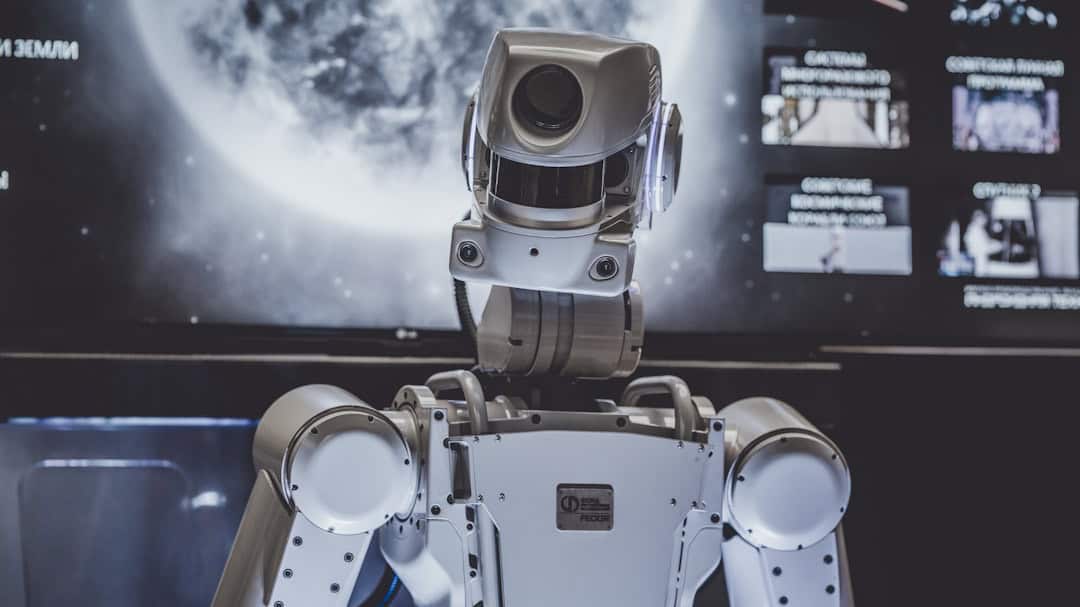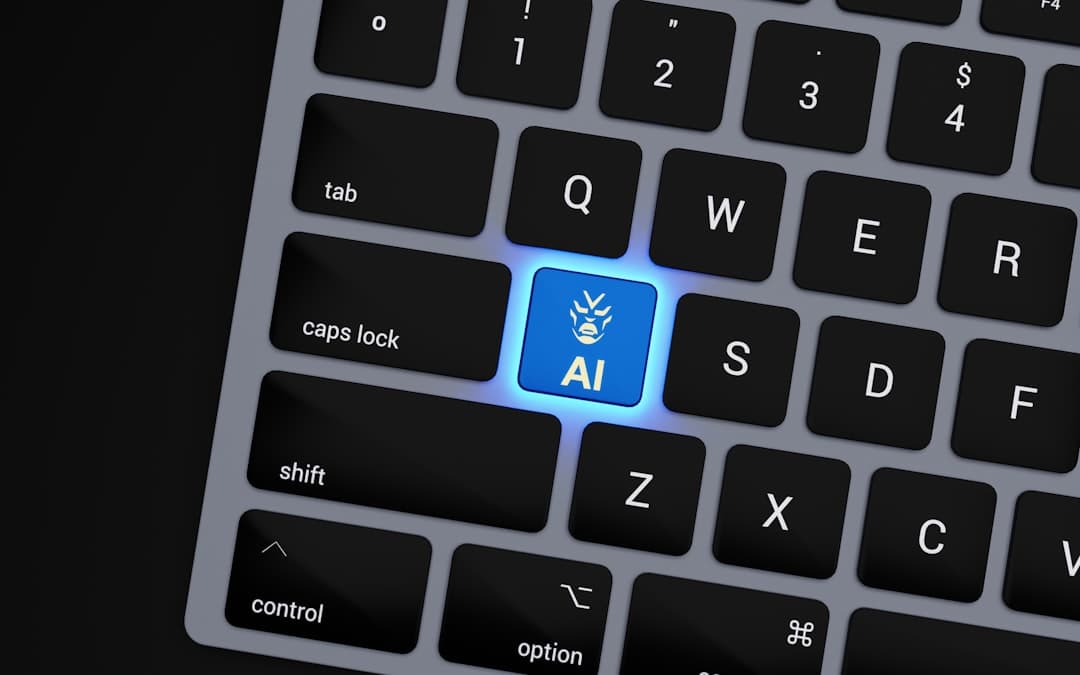Artificial Intelligence (AI) is a rapidly advancing field focused on developing intelligent machines capable of performing tasks traditionally requiring human intelligence. These tasks encompass learning, problem-solving, natural language comprehension, and pattern recognition in data. AI has the potential to revolutionize various industries, enhancing efficiency and productivity.
The field’s growth is fueled by increased access to big data, advancements in computing power, and the development of sophisticated algorithms. AI can be classified into two main categories: narrow AI and general AI. Narrow AI, also referred to as weak AI, is designed to perform specific tasks such as speech recognition or image classification.
General AI, a more advanced form, aims to understand, learn, and apply knowledge across multiple domains. While general AI remains largely theoretical, narrow AI is already widely implemented in applications like virtual assistants, recommendation systems, and autonomous vehicles. As AI technology continues to progress, it has the potential to transform industries and significantly improve quality of life globally.
The ongoing development of AI systems promises to bring about substantial changes in various sectors, from healthcare and finance to transportation and education.
Key Takeaways
- AI refers to the simulation of human intelligence in machines that are programmed to think and act like humans.
- Machine learning is a subset of AI that enables machines to learn from data and make predictions or decisions without being explicitly programmed.
- Natural Language Processing (NLP) allows machines to understand and interpret human language, enabling tasks such as language translation and sentiment analysis.
- Image and speech recognition technologies enable machines to interpret and understand visual and auditory inputs, allowing for applications such as facial recognition and voice assistants.
- Automation and robotics are key applications of AI, allowing for the automation of repetitive tasks and the development of autonomous machines and vehicles.
Machine Learning and Predictive Analysis
Types of Machine Learning Algorithms
Machine learning algorithms can be categorized into three types: supervised learning, unsupervised learning, and reinforcement learning. Supervised learning involves training a model on labeled data, while unsupervised learning involves training a model on unlabeled data. Reinforcement learning involves training a model to make sequential decisions in an environment to maximize a reward.
Predictive Analysis and Its Applications
Predictive analysis is the process of using machine learning algorithms to analyze historical data and make predictions about future events. It is widely used in various industries, such as finance, marketing, and healthcare, to forecast trends, identify patterns, and make informed decisions. Predictive analysis can help businesses optimize their operations, improve customer satisfaction, and increase profitability. In healthcare, predictive analysis can be used to identify patients at risk of developing certain conditions and provide personalized treatment plans.
The Future of Predictive Analysis
As machine learning algorithms continue to advance, predictive analysis will become an increasingly valuable tool for businesses and organizations looking to gain a competitive edge.
Natural Language Processing and Understanding

Natural Language Processing (NLP) is a branch of AI that focuses on enabling machines to understand, interpret, and respond to human language. It involves developing algorithms that can analyze and process large amounts of natural language data, such as text and speech. NLP is used in various applications, such as virtual assistants, chatbots, and language translation services.
It has the potential to revolutionize the way people interact with technology and make information more accessible and understandable. NLP involves several key tasks, including text classification, named entity recognition, sentiment analysis, and language generation. Text classification involves categorizing text into predefined categories, such as spam detection or topic classification.
Named entity recognition involves identifying and classifying entities mentioned in text, such as names of people, organizations, and locations. Sentiment analysis involves determining the sentiment expressed in text, such as positive or negative emotions. Language generation involves creating coherent and meaningful text based on input data.
Image and Speech Recognition
Image recognition is a branch of AI that focuses on enabling machines to interpret and understand visual information from images or videos. It involves developing algorithms that can analyze and process visual data to identify objects, patterns, and features. Image recognition is used in various applications, such as facial recognition, object detection, and medical imaging.
It has the potential to improve efficiency and accuracy in tasks that require visual interpretation. Speech recognition is a branch of AI that focuses on enabling machines to interpret and understand spoken language. It involves developing algorithms that can transcribe spoken words into text and understand the meaning behind the words.
Speech recognition is used in various applications, such as virtual assistants, dictation software, and voice-controlled devices. It has the potential to improve accessibility and convenience for people who have difficulty typing or using traditional input methods.
Automation and Robotics
AI has the potential to revolutionize automation and robotics by enabling machines to perform tasks that typically require human intelligence. Automation involves using machines to perform repetitive tasks with minimal human intervention. Robotics involves developing machines that can interact with their environment and perform physical tasks.
AI can be used to enhance automation and robotics by enabling machines to learn from their environment, adapt to new situations, and make decisions based on complex data. AI-powered automation and robotics are used in various industries, such as manufacturing, logistics, and healthcare. In manufacturing, AI-powered robots can be used to assemble products, perform quality control inspections, and handle materials.
In logistics, AI-powered drones and autonomous vehicles can be used to transport goods and perform deliveries. In healthcare, AI-powered robots can be used to assist with surgery, provide patient care, and perform repetitive tasks.
AI in Healthcare and Medicine
Enhanced Diagnostic Accuracy
AI has the potential to revolutionize healthcare and medicine by enabling more accurate diagnoses. AI-powered diagnostic tools can analyze medical images, such as X-rays and MRIs, to identify abnormalities and assist healthcare professionals in making accurate diagnoses.
Personalized Treatment and Patient Care
AI-powered predictive models can analyze patient data to identify individuals at risk of developing certain conditions and provide personalized treatment plans. Virtual assistants powered by AI can help patients manage their health by providing personalized recommendations and reminders.
Advancements in Surgery and Drug Discovery
AI-powered robots can assist with surgery by providing real-time feedback to surgeons and performing precise movements. AI-powered drug discovery tools can analyze large datasets to identify potential drug candidates for treating various conditions.
Ethical and Societal Implications of AI
The rapid advancement of AI raises important ethical and societal implications that need to be carefully considered. One of the key concerns is the potential impact of AI on the job market. As AI continues to advance, it has the potential to automate many tasks currently performed by humans, leading to job displacement in certain industries.
This raises important questions about how society should adapt to these changes and ensure that people are able to transition into new roles. Another important ethical consideration is the potential for bias in AI algorithms. AI algorithms are trained on large datasets that may contain biases based on factors such as race, gender, or socioeconomic status.
If these biases are not carefully addressed, they have the potential to perpetuate existing inequalities in society. Privacy is another important ethical consideration when it comes to AI. As AI continues to advance, it has the potential to collect and analyze large amounts of personal data.
This raises important questions about how this data should be used and protected to ensure that individuals’ privacy rights are respected. In conclusion, AI has the potential to revolutionize various industries and improve efficiency and productivity. Machine learning enables predictive analysis by analyzing historical data to make predictions about future events.
Natural Language Processing (NLP) enables machines to understand human language while image recognition enables machines to interpret visual information from images or videos. Automation powered by AI enhances robotics by enabling machines to learn from their environment while performing physical tasks with minimal human intervention. In healthcare and medicine, AI enables more accurate diagnoses through diagnostic tools while also providing personalized treatment plans through predictive models.
However, ethical considerations such as job displacement due to automation need careful consideration along with addressing biases in AI algorithms and ensuring privacy rights are respected as AI continues to advance in society.
If you are interested in the true capabilities of AI, you may also want to explore the potential impact of AI in the metaverse. This article delves into the hypothetical thoughts of Albert Einstein on the metaverse and how AI could play a role in shaping this new digital frontier. It offers a thought-provoking perspective on the intersection of AI and virtual reality.
FAQs
What is AI?
AI, or artificial intelligence, refers to the simulation of human intelligence in machines that are programmed to think and act like humans. This includes tasks such as learning, problem-solving, and decision-making.
What are the true capabilities of AI?
The true capabilities of AI include performing tasks such as speech recognition, language translation, visual perception, and decision-making. AI can also be used for data analysis, pattern recognition, and automation of repetitive tasks.
Can AI learn and improve over time?
Yes, AI has the capability to learn and improve over time through a process called machine learning. This involves feeding large amounts of data to AI systems, which then use algorithms to analyze and learn from the data, improving their performance and accuracy over time.
What are the limitations of AI?
While AI has advanced capabilities, it also has limitations. AI systems are only as good as the data they are trained on, and they may struggle with tasks that require human-like understanding and empathy. Additionally, AI systems can be biased if not properly trained and monitored.
How is AI being used in the real world?
AI is being used in various industries and applications, including healthcare (diagnosis and treatment planning), finance (fraud detection and risk assessment), transportation (autonomous vehicles), and customer service (chatbots and virtual assistants). AI is also used in entertainment, marketing, and cybersecurity.












Leave a Reply